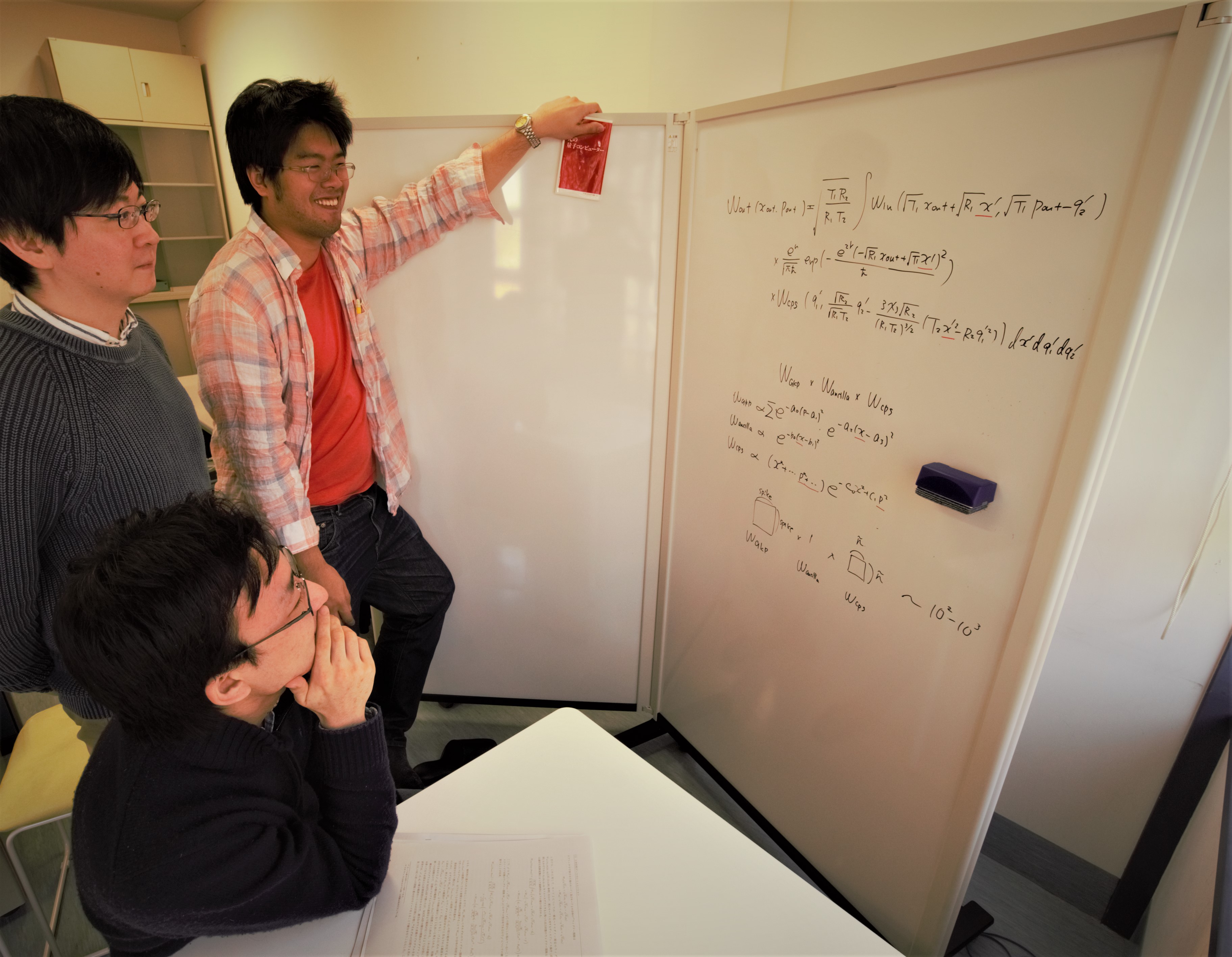In quantum computation, the qubit, which holds a quantum superposition of bits 0 and 1, enables us to encode many input states and make calculations on all the inputs simultaneously. In general, the qubit is quite fragile against noise due to interactions between the system and environment, and it is important to overcome the problem of noise towards large-scale quantum computation. To realize reliable quantum computation, it has been shown as one of the quantum threshold theorems that an arbitrary large-scale quantum computation can perform if the noise per quantum operation is below the threshold value [1]. This is because of the concatenation of the quantum error correcting code or surface codes with the fault-tolerant manner, where quantum information of the single qubit is stored into a multipartite entangled state, i.e. the logical qubit encoded by quantum error correcting codes. Although many different physical approaches have been proposed and implemented, quantum states in an optical system have shown great potential for the large-scale quantum computation; in fact, a large-scale entanglement has been already achieved in an experiment using a time-domain multiplexing approach [2], which is helpful to perform quantum error correcting codes. On the other hand, it is still difficult to implement the optical qubit whose error probability of identifying the bit value is less than the threshold value for optical quantum computation. Towards the large-scale quantum computation with a reliable optical qubit, we focus on the below three subprojects.
(1) The threshold value for the optical quantum computation has been improved from 2.7×10−15 to 7.4×10−5 [3], which is defined by the probability of misidentifying the bit value. We aim to achieve the further improvement of the threshold, especially around 1.0×10−2.
(2) It is challenging to generate reliable optical qubits, since the required large nonlinearity is hard to achieve in an optical setup. To overcome this problem, we focus on the technological application of superconducting photon-number-resolving detectors [4]. In this subproject, we will develop a method to generate the reliable optical qubits by using superconducting photon-number-resolving detectors, obtaining large nonlinearity.
(3) It is not certain whether we could perform the large-scale quantum computation with the reliable optical qubits generated by our method, even if the noise level of optical qubits would be less than the threshold value, because noises and imperfections exist everywhere on the real-world quantum setup. We will develop the method to evaluate, treat, and control these noises and imperfections to realize the practical and reliable large-scale quantum computation in an optical setup.

- [1] D. Aharonov and M. Ben-Or, Fault-tolerant quantum computation with constant error, In Proceedings of the twenty-ninth annual ACM symposium on Theory of computing, 176–188 (1997).
- [2] W. Asavanant et al., Generation of time-domain-multiplexed two-dimensional cluster state, Science 366, 373 (2019).
- [3] K. Fukui et al., High-Threshold Fault-Tolerant Quantum Computation with Analog Quantum Error Correction, Phys. Rev. X 98, 021054 (2018).
- [4] S. D. Bartlett and B. C. Sanders, Universal continuous-variable quantum computation: Requirement of optical nonlinearity for photon counting, Phys. Rev. A 65, 042304 (2002).
